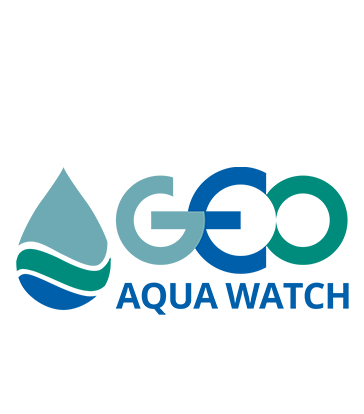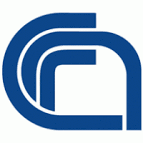Jointly sponsored by the United Nations/Costa Rica/PSIPW, the Sixth conference on the use of space technology for water management will be held in SAN JOSÉ, COSTA RICA, 7-10 MAY 2024 (WITH A POSSIBILITY OF ONLINE ATTENDANCE) . 100-150 participants are expected to attend. There is limited opportunity to seek travel funding support (see registration deadline below).
Registration Deadlines
Applicants seeking funding support: 24 January 2024
Self-funded participants attending on site: 22 February 2024 and those selected will be informed shortly afterwards.
Online participants: 30 April 2024.
To register and find out more visit this website.
Especially of interest will be themes 2 and 3:
Water quality but also our health depend to a significant extent on how water is used in agriculture and how the resulting runoff is managed. Nutrient-rich and containing contaminants from pesticides and fertilisers, such as nitrates, phosphorus and potassium, pathogens from animal life stock, as well as soil particles, agricultural runoff affects the water quality of surrounding water bodies and can e.g., lead to algae blooms or sedimentation. Globally, at least 2 billion people use a drinking water source contaminated with faeces and water used in agriculture needs to be free of toxins and ideally as clean as possible to produce healthy food. Among the great advantages of Earth observation for water quality monitoring is the temporal and spatial resolution compared to in situ data sampling. Noteworthy to say that sampling in situ remains important for the assessment of parameters that cannot be observed from space but also to train, validate and test space-based datasets. Spin-off technology for water quality testing and filtration systems such as sampling kits allow for monitoring of certain water quality parameters on-site without the need for a laboratory Presentations submitted under this theme address any space-based technology to improve, assure or monitor water quality (ideally related to the water food nexus), including Earth observations, satellite communication or spin-off technology as well as the use of in-situ data to train, validate and verify models on large-scale observations from space. Topics include the indirect monitoring of surface water quality such as chlorophyll-a, turbidity, surface water temperature, chemical oxygen demand, and dissolved organic matter. Furthermore, the identification of sources of pollution outside of water bodies allows to trace back information on the type of pollution that is relevant. Finally, topics related to the monitoring of sustainable agriculture practices such as those applied in organic farming and their effects on enhancing water quality are considered.
A data and information revolution took place under the umbrella term Internet of Things (IoT) which connects devices and all types of sensors to the internet. When combined with satellite communications this technological paradigm shift becomes tangible even in the remotest areas of our planet and can hence overcome certain challenges posed by a digital divide. This theme covers the pivotal role of satellite communication as a facilitator for Internet of Things (IoT) applications to monitor and inform sensible decisions in the field of sustainable management of water, aquatic ecosystem preservation, hydrology and the Water-Food Nexus such as in agricultural applications. Presentations covered under this theme can include but are not limited to:
- Satellite communication transmission networks and architectures for sensor systems;
- Systems designed for (near-) real-time monitoring and transmitting water tank levels, irrigation, soil moisture, microclimates, liquid fertilizer levels, nutrient leaching and its impact on water bodies, dam and reservoir water levels to name just a few;
- IoT for real-time water management solutions for Precision Agriculture (e.g. optimizing irrigation, pest control, and crop health monitoring);
- Systems for crop yield predictions
- Satellite communication systems transmitting relevant weather or water availability information to farmers and systems to inform decision-making at a local level; and
- In-situ data collected by the sensors can feed into larger monitoring systems that observe water resource, hydrological or soil-related variables at a larger scale.





